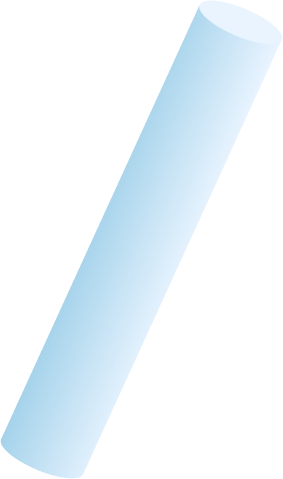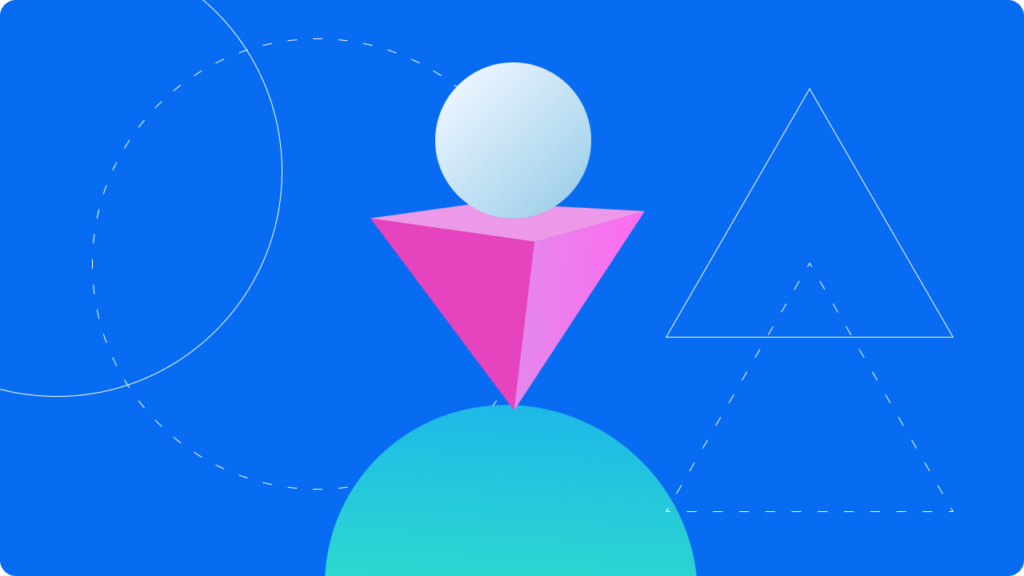If you’ve been around the B2B marketing space for a while chances are you’ve already heard a lot about custom objects but don’t have any practical ways to implement them. With HubSpot’s recent addition of custom objects, all four major marketing automation platforms have the ability to create customizations that are tailored to your customers’ journey.
What are custom objects?
As with anything marketing automation, this topic has been overly complicated and engineered towards complexity when the reality is these customizations only need to be as complicated as you make them. Let’s start with the basics…
Custom objects are sets of custom records which complement standard account and contact records. They are created by users to gather information that is specific and unique to each organization. These custom objects provide a structure for sharing data with other users to take customer relationships to the next level. Aside from gathering information, custom objects can also help businesses stay hyper-organized when it comes to their data.
Put simply: a custom object extends the functionality of storing data to allow for multiple entries into what would otherwise be a static value.
For example, imagine yourself as a contact within your local coffee shop’s marketing automation platform. They’ve captured all of the standard contact information about you as well as a few things like loyalty account number, your birthday, etc.
The marketing automation team at your local coffee shop is at the top of their game because they’ve set up a custom object for orders which stores all of your orders information: price, products, date and time. Now with the help of custom objects your local coffee shop can calculate and surface your favorite order as well as associate it to you right when you are in line ready to make a purchase.
The example below illustrates the multiple orders to one contact record and in this scenario you would be able to calculate the most commonly ordered coffee. Your local coffee shop would be able to identify what you’ve ordered most commonly as opposed to just recording your last order which included your favorite coworkers order of a mocha.

Marketing Automation platforms provide many already existing objects, so when is it a good idea to create a custom object, and how can you use them effectively?
Let’s walk through a few examples.
Capture Webinar Activity
Imagine there is an upcoming webinar that your organization is hosting. The topic is selected, the date is set, and people are interested. Instead of knowing when the webinar is and how many people may attend, why not take a little extra time to go deeper and understand that specific customer base. What engages them? What could use some tweaking? When did they make their decisions?
By creating custom objects around a webinar, instead of recording data that would typically be a single piece of information (a field), you can gather multiple entries to learn so much more. A business can know when the customer said they were interested, did they really attend the webinar, when did they show up, how long did they stay, did they ask questions during the webinar, and the list goes on…
A properly created custom object can gather this webinar attendee data to help an organization learn about its customers and properly guide them on their journey. Gathering this information helps the organization make strategic choices to set themselves and their customers up for success.
Virtual Events and Events IRL
Another great way to use custom objects is for any kind of event. Whether it is being hosted virtually or otherwise (we can’t wait for events to start happening in real life again), there is a ton of useful information that is just waiting to be gathered! The data gathered from a custom object works for virtual or other events, but during this time of COVID, we will focus a little more on the virtual aspect.
While some of the information from a virtual event may be similar to that of a webinar, we have to remind ourselves how a webinar and a virtual event are different. Typically a webinar is more of a one-way information drop with a presenter and an audience who is interested in the topic. A virtual event is taking place instead of a physical event, removing the physical limitations of bouncing around at an in-person gathering. This means an event may last for multiple days, people can attend multiple sessions, and many are looking for real-time networking – just like they would at a conference.
Now that the event is set, what kind of information can a custom object obtain? An organization can learn about a users session history, session interest and engagement, how long did they attend the event and how long did they stay, what kinds of networking is the user interested in, and what information did they share with others. Knowing a customer’s event history helps properly prepare for other future events.

Multi-Touch Attribution
The customer journey is different for everyone. Understanding those different journeys lets an organization optimize their marketing to create a more customized experience for each consumer. Instead of knowing the first and last touch, creating custom objects to understand every touch point as they happen is like having marketing radar.
This is one of the most challenging custom objects to create, but also the most rewarding. It is especially beneficial when working with customers who have a longer or more complex buying journey.
Creating custom objects for multi-touch attribution can allow an integrated strategy to be able to record on all marketing channels when a contact interacted with a campaign and how they interacted with it. The ability to weigh those activities on a per contact level allows for query opportunities to understand when and how consumers engage at each point.
As you can see, the use for custom objects is endless, and the information gathered is extremely valuable to organizations. Custom objects are like digital gold when you can understand and use them properly. Understanding customer habits and patterns makes the buyer’s journey approachable and enjoyable, and makes the dollars spent creating marketing campaigns much more effective.
Interested in a specific custom object use case we haven’t covered here? Drop us a line.




